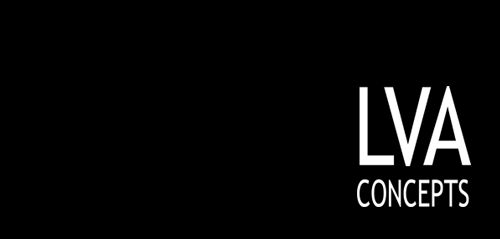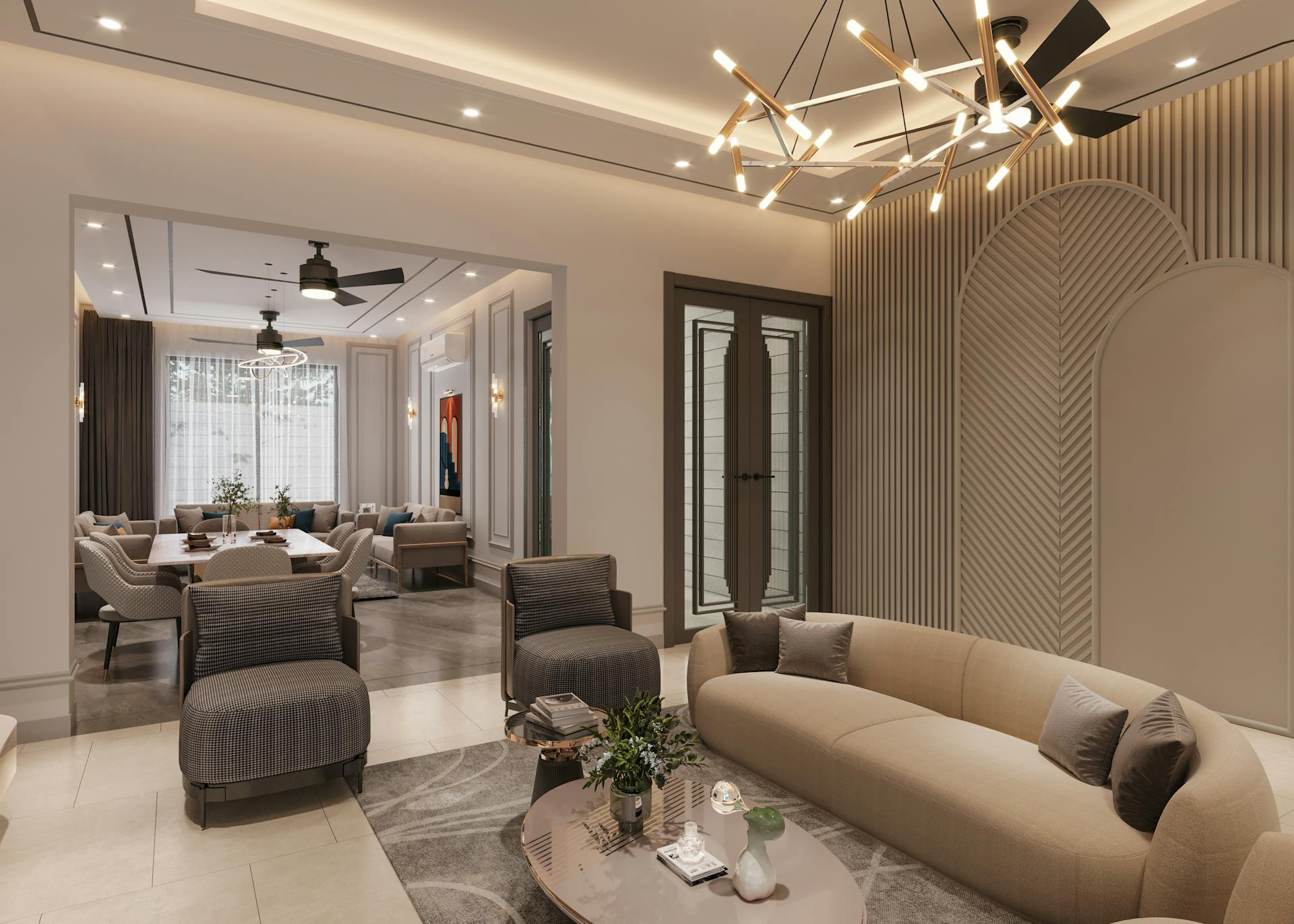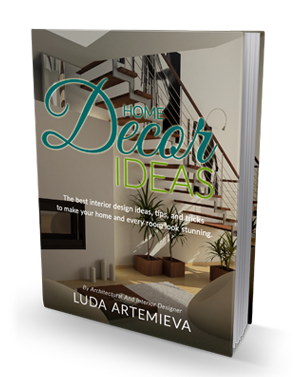Lighting isn’t simply functional – it dramatically shapes how we perceive and inhabit spaces. One increasingly popular yet under explored technique in interior design is cove lighting. This indirect form of lighting, hidden within ceiling recesses or wall valances, creates a soft, seamless glow that elevates ambience and visual appeal. Let’s dive into why cove lighting is trending, how it influences interior environments, and best practices for integrating it into your architectural projects.
What Is Cove Lighting?
Cove lighting consists of LED or fluorescent fixtures tucked into coves – niches or recesses installed in ceilings or walls – directing light upward toward the ceiling and walls. This indirect illumination creates an even wash of light, minimizing glare and visually expanding the space.
The Psychological And Emotional Effects
By eliminating harsh shadows and bright hot spots, cove lighting enhances comfort and calm. This soft ambient light mimics natural daylight, positively influencing mood and relaxation – especially when used with warm colour temperatures. It subtly shapes how people feel in a room without drawing attention to itself.
Elevating Interior Aesthetics
Cove lighting offers aesthetic versatility – it can:
• Accentuate architectural features: Highlight coffered ceilings, exposed beams, or textured wall surfaces.
• Create mood variations: Use dimmable cove LED strips to adjust from bright and energetic to soft and intimate.
• Enhance design unity: Concealed fixtures maintain sleek ceiling lines while delivering dramatic lighting effects.
Lighting Layering & Functional Design
Lighting experts emphasize the importance of layered lighting – ambient, task, focal, decorative, and daylight layers – to craft dynamic spaces. Cove lighting fits seamlessly into the ambient layer, providing foundational illumination. Combined with task lights (e.g., under-cabinet LEDs in kitchens) and accent lighting, cove lighting brings depth, balance, and sophistication.
Practical Considerations
For successful cove lighting integration, keep these tips in mind:
• Fixture placement: Generally, coves are positioned about 18 inches from the ceiling or 6 feet from the floor to ensure even light diffusion.
• Light source: LEDs are ideal for modern use – energy-efficient, low-heat, dimmable, and available in adjustable colour temperatures.
• Colour temperature: Warmer tones (~2700–3000 K) impart coziness; cooler tones (~4000–5000 K) feel crisp and contemporary.
• Heat management: LED strips should be mounted on aluminum profiles to dissipate heat and maintain longevity.
Where It Works Best
Cove lighting enhances a variety of interior spaces:
• Living Rooms: Emphasizes ceiling details and creates inviting, mood-lit environments.
• Kitchens: Concealed strip lighting above cabinets offers functional ambience.
• Bedrooms: Soft cove lighting above headboards creates a restful atmosphere.
• Bathrooms & Hallways: Provides elegant, glare-free illumination – perfect for nighttime navigation.
Lighting It All Up
Cove lighting is a deceptively simple technique with transformative potential. It adds dimension, warmth, and elegance; elevates architectural features; and sets emotional tone – all while remaining thoughtfully integrated. For architects and interior designers aiming to go beyond typical lighting schemes, cove lighting offers an accessible yet impactful solution.




